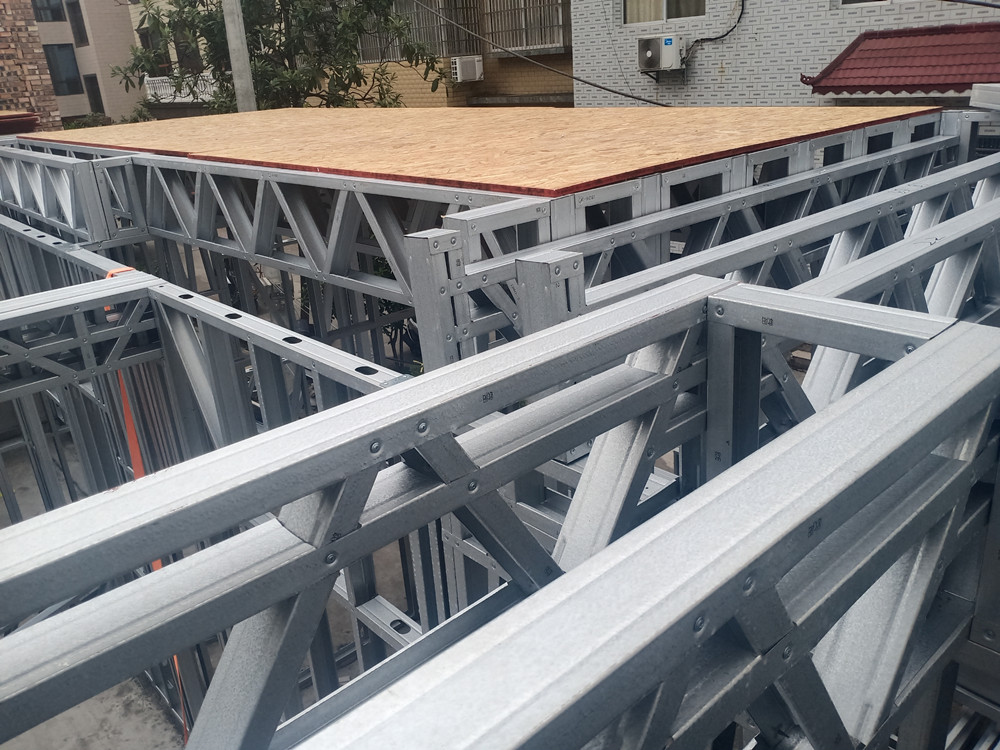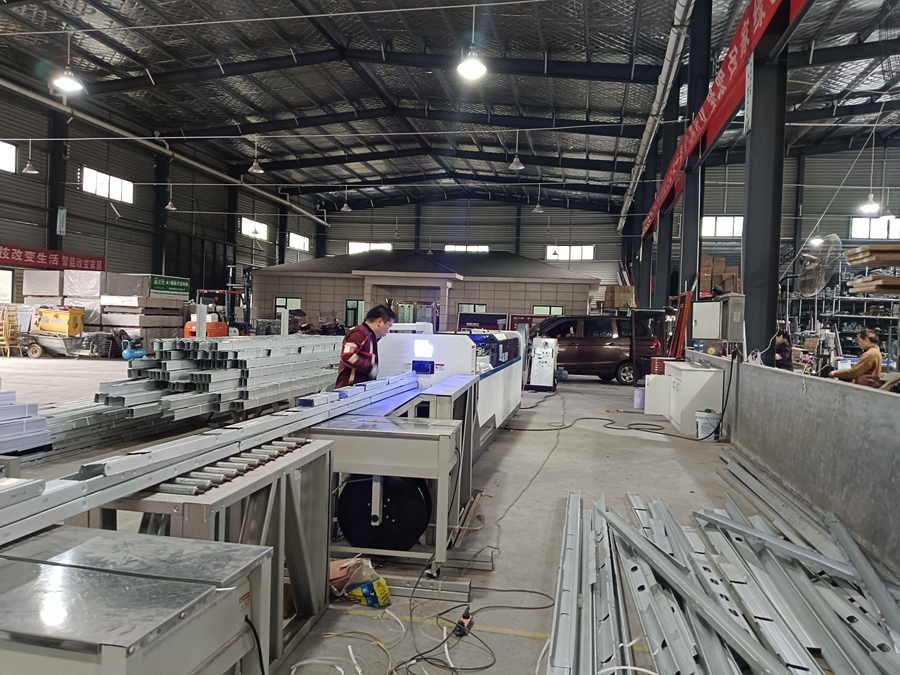Steel structure villas are increasingly popular due to their durability, design flexibility, and sustainability. However, selecting the appropriate steel is critical to ensuring structural integrity, cost-effectiveness, and longevity. This guide explores key factors to consider when choosing steel for your villa, balancing technical requirements, environmental conditions, and aesthetic goals.

1. Understand Steel Grades and Their Properties
Steel is categorized into grades based on its chemical composition, mechanical properties, and manufacturing processes. For residential structures, the following types are commonly used:
- Carbon Steel (ASTM A36/A572): Offers high tensile strength and affordability, suitable for load-bearing beams and columns. A572 Grade 50 is ideal for high-stress areas due to its enhanced yield strength.
- Weathering Steel (Corten Steel): Contains copper, chromium, and nickel, forming a protective rust layer that resists corrosion. Perfect for villas in humid or coastal climates.
- Stainless Steel (304/316L): Highly corrosion-resistant but costlier. Recommended for critical joints or decorative elements exposed to harsh environments.
- High-Strength Low-Alloy (HSLA) Steel: Combines lightweight properties with exceptional strength, reducing material usage and costs for large-span designs.
Key Tip: Prioritize ASTM-certified steels to ensure compliance with international construction standards.

Ruijie Steel Structure Villa Production Base
2. Evaluate Environmental and Load Requirements
The choice of steel must align with the villa’s location and functional demands:
Climate:
- Coastal or high-humidity areas require corrosion-resistant steels like galvanized or stainless steel.
- Earthquake-prone regions demand high ductility steels (e.g., ASTM A992) to absorb seismic energy.
Load-Bearing Needs:
- Heavy roof structures benefit from high-yield-strength steels (e.g., S355JR).
- For lightweight designs, consider cold-formed steel sections (CFS) to reduce dead load.
Case Study: In tropical climates, galvanized steel with a zinc coating (120–275 g/m²) can extend lifespan by 50–70 years.

Ruijie Steel Structure Villa Company Construction Site
3. Balance Cost and Long-Term Performance
While budget constraints are inevitable, avoid compromising on critical components:
- Initial Costs: Carbon steel is economical but may require additional coatings.
- Lifecycle Costs: Stainless or weathering steel minimizes maintenance expenses over decades.
- Fabrication Costs: Complex shapes (e.g., curved beams) may require steels with superior weldability, such as AISI 1018.
Pro Tip: Use hybrid solutions—e.g., stainless steel for exterior cladding and carbon steel for internal frameworks—to optimize costs.
4. Aesthetic and Design Compatibility
Steel influences the villa’s visual appeal and architectural style:
- Exposed Steel Elements: Weathering steel’s rustic patina suits modern industrial designs.
- Sleek Finishes: Stainless steel or powder-coated options (available in multiple colors) align with minimalist aesthetics.
- Custom Profiles: Laser-cut steel panels or perforated sheets enable creative façades without sacrificing strength.
Design Consideration: Ensure steel profiles (I-beams, hollow sections) integrate seamlessly with glass, wood, or concrete elements.

Light steel villa designed by Ruijie Steel Structure Villa Company
5. Sustainability and Future-Proofing
Modern steel selection must address environmental impact:
- Recyclability: Opt for steels with high recycled content (e.g., electric arc furnace-produced steel).
- Energy Efficiency: Light-gauge steel frames improve insulation performance, reducing HVAC loads.
- Adaptability: Choose modular steel systems that allow easy expansion or reconfiguration.
Innovation Alert: Emerging technologies like zinc-magnesium-aluminum (ZMA) coatings offer 2–4x better corrosion resistance than traditional galvanization.
Conclusion
Selecting the right steel for a steel structure villa involves a holistic analysis of technical specifications, environmental challenges, budget, and design vision. By prioritizing certified materials, leveraging hybrid solutions, and incorporating sustainable practices, you can achieve a villa that is both resilient and visually striking. Always consult structural engineers and fabricators early in the design phase to align material choices with your project’s unique requirements.
Final Note: Regular inspections and protective coatings (e.g., epoxy paints) will further enhance your steel villa’s lifespan, ensuring it remains a legacy for generations.